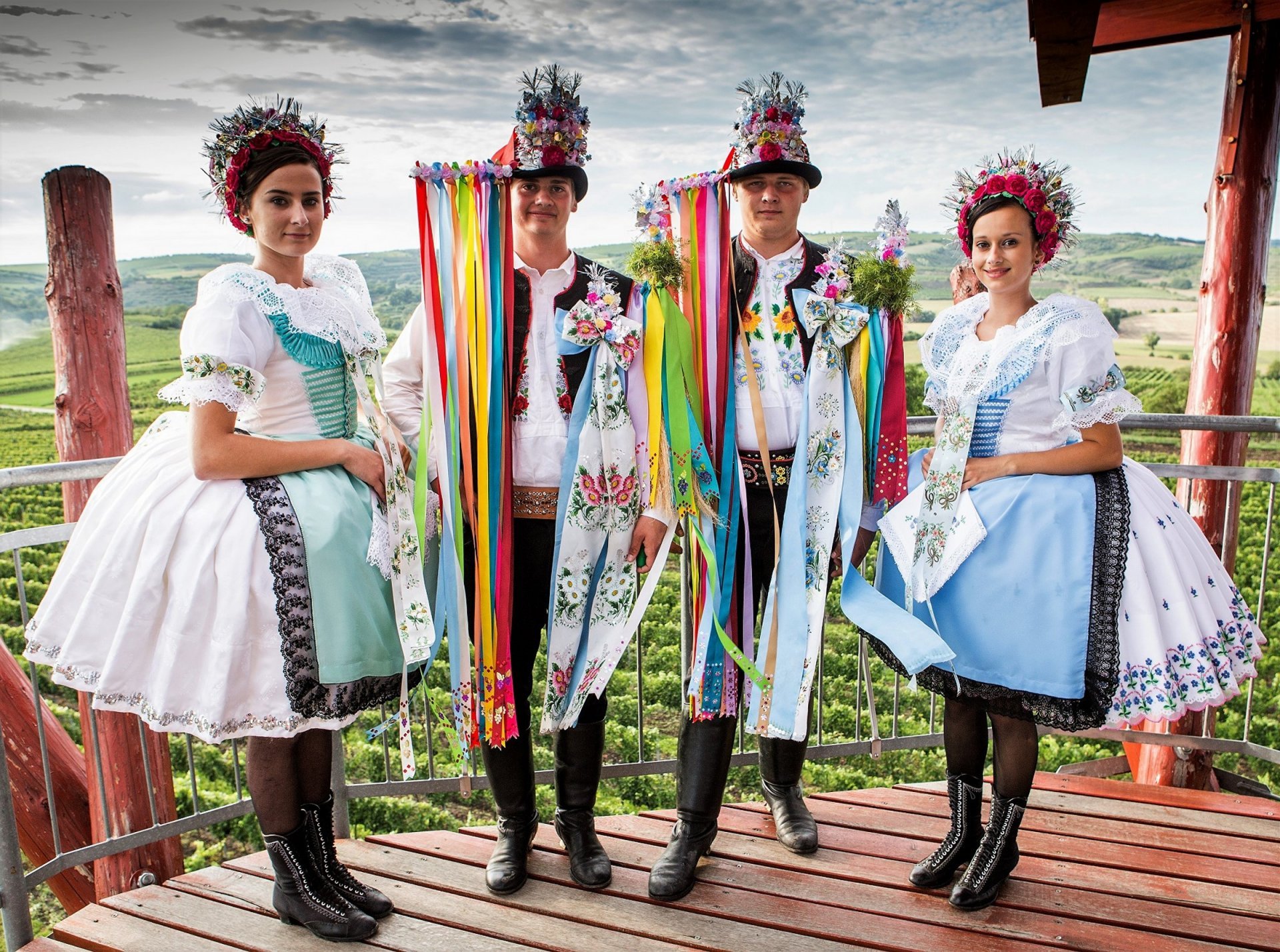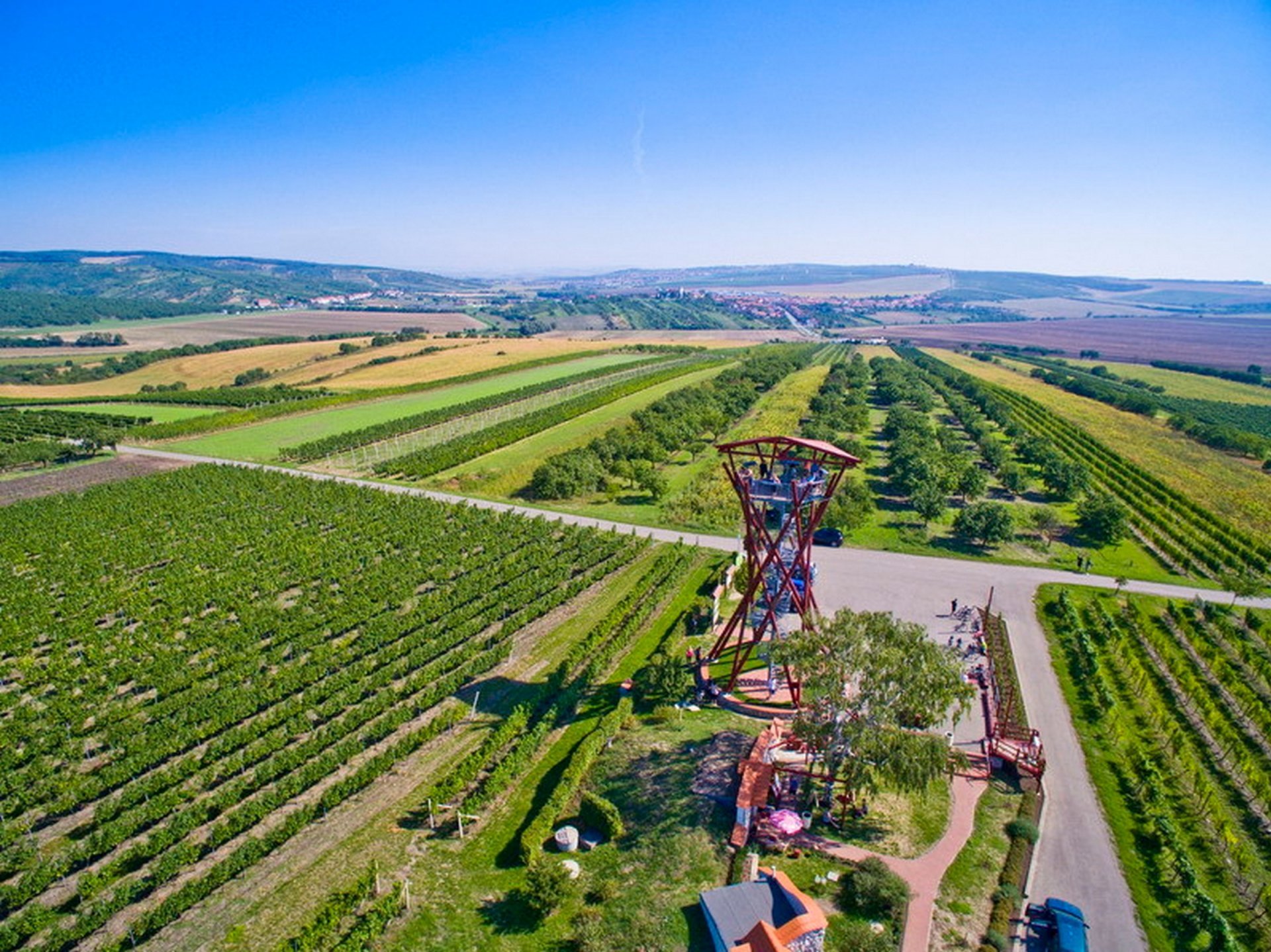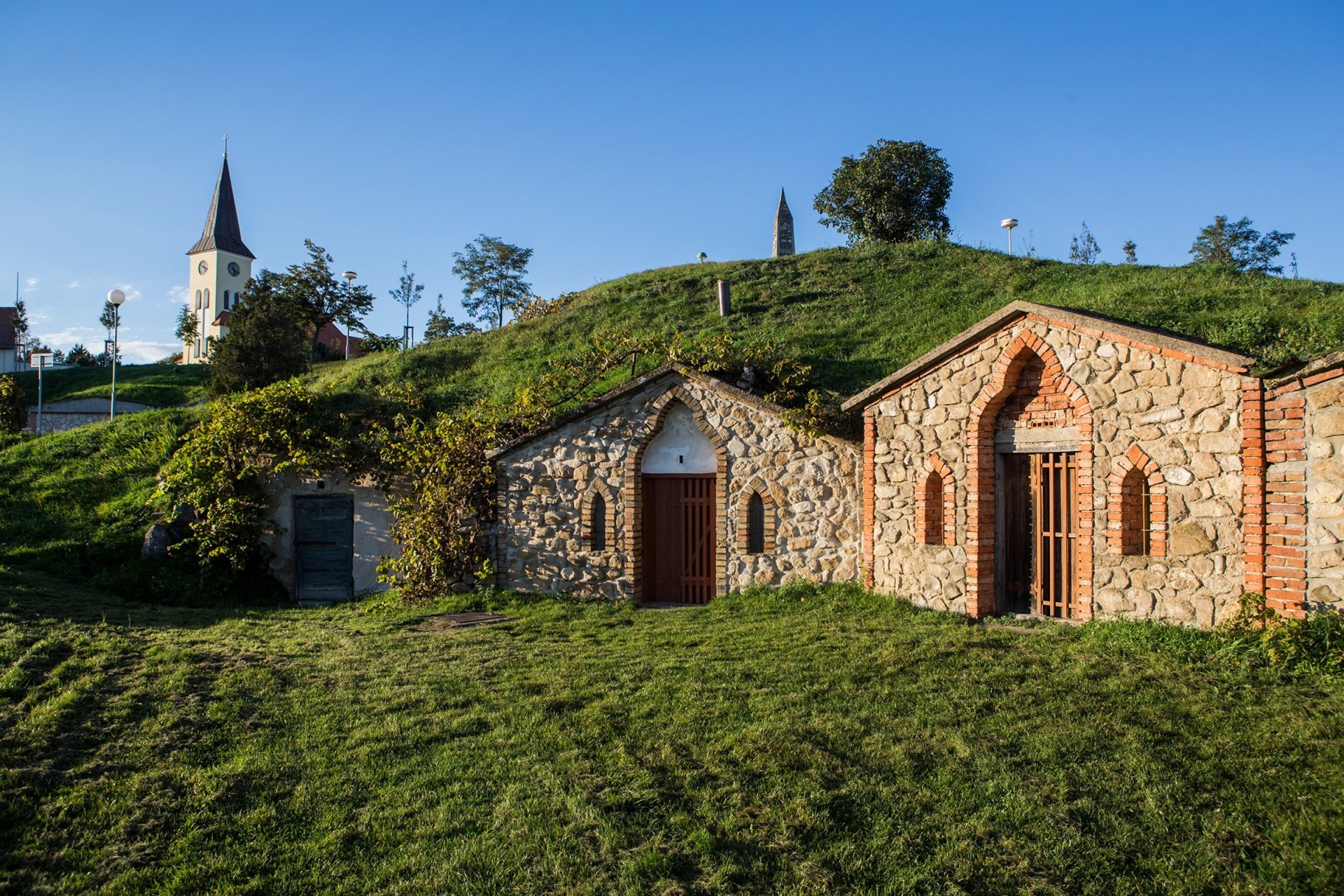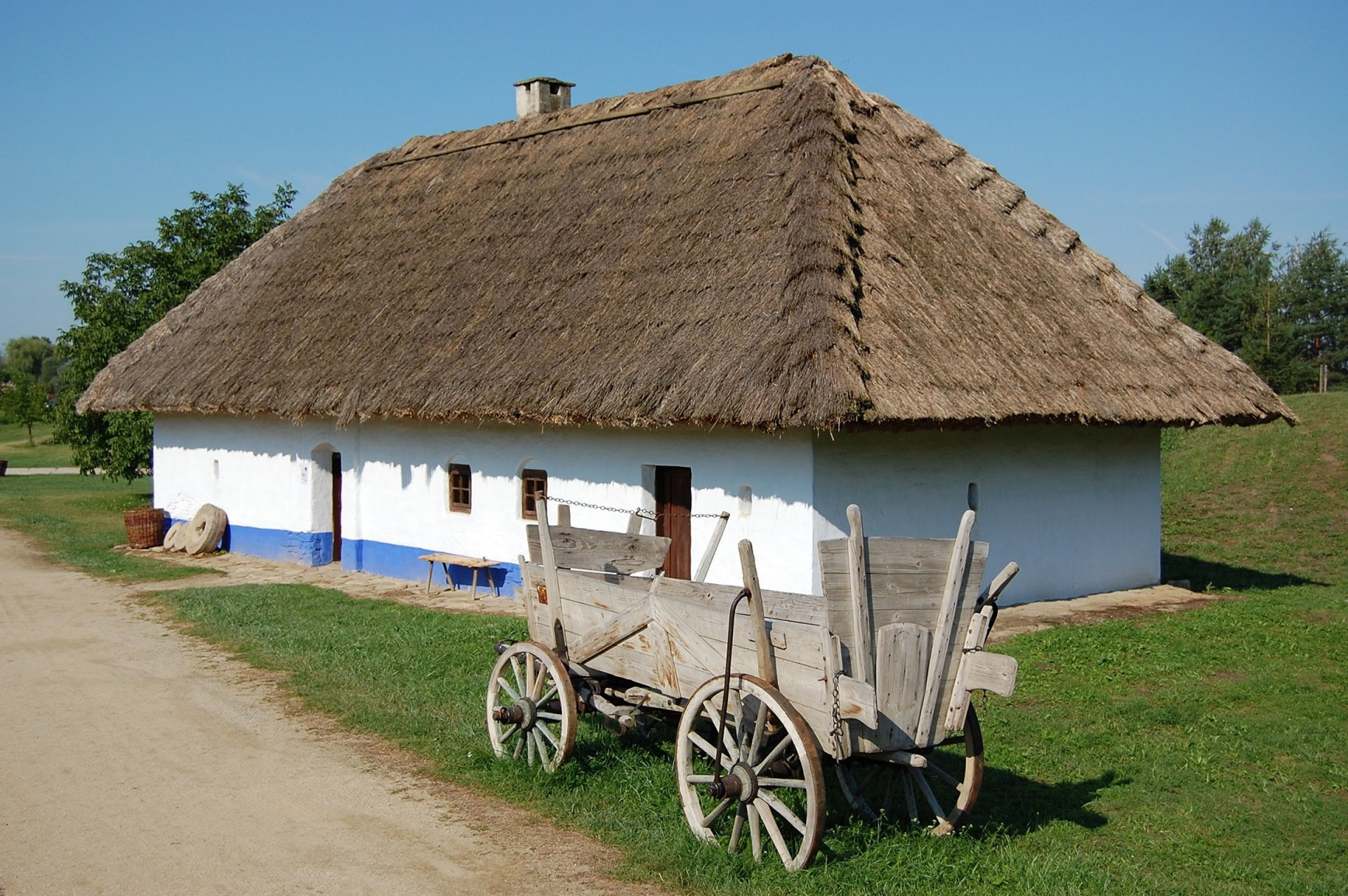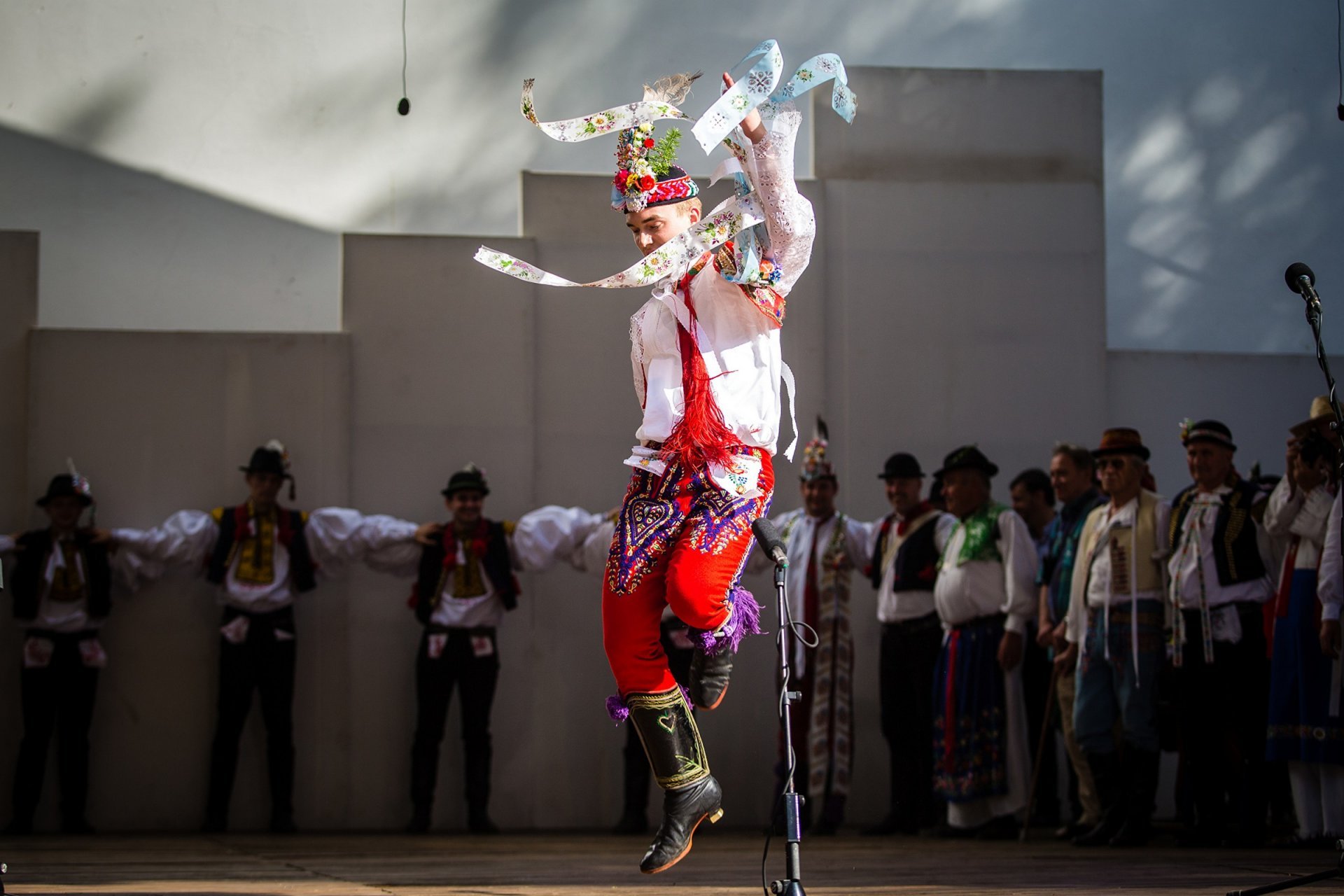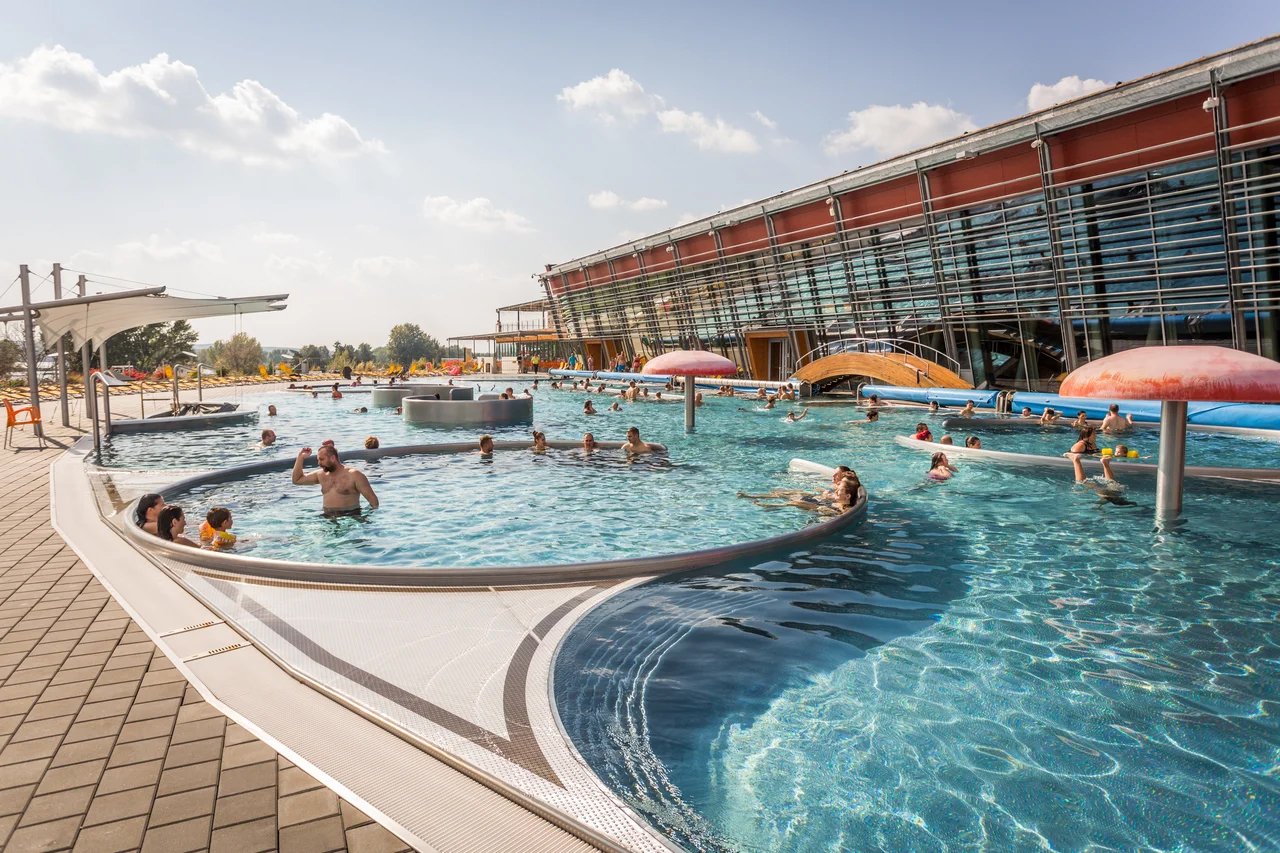You surely have already heard of the Slovácko region and if you haven't visited it yet, do not hesitate and go. You will meet wineries at every step, you will be amazed by Moravian folklore and no less beautiful landscape and cultural monuments.
Slovácko is an ethnographic region in the southeast of Moravia, stretching from the Central Moravian Carpathians to the Vizovice Highlands in the northeast, the White Carpathians in the southeast, the Moravia River along the border with Slovakia and the Dyje River along the border with Austria. The area of the whole area is 2 500 – 3 000 km² and has a population of 400 – 500 000. In the early Middle Ages, the core of the Great Moravian Empire was located in the Slovácko region, so you will also find many monuments and historically significant places here.
The center of the area are the cities of Uherské Hradiště, Hodonín, Břeclav, Zlín or Kyjov. However, Strážnice and Bzenec are also important centers of Slovácko culture.
Slovácko is visited and admired for its rich culture, folk customs and traditions. The towns of Strážnice and Kyjov are considered to be the center of traditions and costume festivities.
The city of Strážnice is located about 15 km from Hodonín, on the banks of the river Velička. The historic center of Strážnice is a city monument zone. The name of the town Strážnice is derived from the word guard, and it was the guard function that the town fulfilled in the past. Here you can visit the Strážnice chateau or perhaps one of the most visited places in Strážnice local open-air museum - Museum of the Village of Southeast Moravia. The watchtower gates are famous, which you will come across as you pass through the city or the Church of the Assumption of the Virgin Mary. In Strážnice you will also find a synagogue and a Jewish cemetery. You can meet wine and folklore here at every step. A significant annual event is the International Folklore Festival, which takes place here every last weekend in June. The program takes place directly in the amphitheaters of the castle park, but also in the vineyard area and directly in the open-air museum. The program includes a festive costumed parade with a number of programs, for example, the festival includes a competition for the best dancer of the Slovácko verbuňk (regional dance style).
And if you do not want to travel around this region by car or bicycle, be sure to use the Baťa canal or canal from Otrokovice to Rohatec, which is 52 km long and was built between 1934 and 1938 and leads through Strážnice. Today you can use the Baťa canal just for tourist water transport, thanks to the lock chambers you can get from Otrokovice to Petrov, or to the Slovak town of Skalice. The waterway leads partly along the Morava River, through otherwise excavated canals and locks and water structures. Around the route you can admire the beauty of the area, but also technical equipment related to water transport or typical Baťa houses.
The town of Uherské Hradiště is another important town in this area. It is located 23 km away from Zlín and together with the Staré Město and Kunovice it forms an urban agglomeration with 38 000 inhabitants. Uherské Hradiště is often referred to as the center of Slovácko. Thanks to its rich history, the historic core of the city is a city monument zone. Here you can admire, for example, the oldest Czech high school in the region - Uherské Hradiště grammar school. The city operates seven cultural houses, a cinema or three theaters. The Slovácko Museum or the Center of Slavic Archeology and the Moravian Museum are often visited. Every year, one of the largest folklore events takes place here - the Slovácko Wine Festival and open monuments. There are up to 35 culturally oriented associations. Here you can also admire a number of monuments, such as the Plague Column on Mariánské náměstí, the Old Town Hall, the Palace of Justice or Slovácké búdy with its typical decoration.
From Uherské Hradiště, be sure to go to the surrounding nature. The surroundings of the town are characterized by diverse landscapes and nature reserves, the Morava River, floodplain forests, the Baťa Canal, the Chřiby and Bílé Karpaty Mountains and the Vizovice Hills. Near the town you will find the Romanesque basilica in Velehrad, Buchlovice chateau or Buchlov castle. The town of Velehrad is an important ecclesiastical destination; every year on July 5, a National Pilgrimage is held here on the occasion of the feast of Cyril and Methodius.
When we visit Slovácko, we must definitely mention the cellars and wine. You can visit the cellars across South Moravia, either directly by going to one of the open cellars or as part of a trip to various corners of South Moravia. Most of the areas are open to the public all year round. For example, in the village of Petrov you will find a monument reserve of folk architecture - Plže. There are 80 wine cellars built since the 15th century. Furthermore, the Castle Cellars Strážnice or the wine-growing town of Bzenec. But you must not miss the cellar alleys in Prušánky, the so-called Nechory, the cellars in Blatnice pod Svatým Antonínkem, in Mutěnice, in Moravská Nová Ves, in Milotice or in Dolní Bojanovice. When you move from the Slovácko wine region to the Velká Pavlovice region, be sure to visit the cellars in the village of Bořetice with the famous locality Kraví Hora, Čejkovice, which is famous for its Templar history, Velké Bílovice, which are the largest wine village in the Czech Republic. The cellars in Vrbice, which has long been one of the leading wine-growing villages, are definitely worth a visit. In the Mikulov wine region, you must visit the cellars in Valtice and Mikulov, but also in Pavlov or Dolní Dunajovice. In the Znojmo wine region, you can also enjoy excellent wines, both directly in Znojmo and, for example, in Nový Šaldorf or, for example, in Šatov.

